Have you noticed that lawns are becoming increasingly controversial subjects? If you are interested in converting your lawn to a more ecologically sensitive meadow full of native species, this post will help you begin to phase out the turf and phase in the perennial meadow.
For generations, neatly trimmed grassy yards have been the prize of middle-class success. They are an outward expression of saying, “Hey – I made it – I bought a house in the suburbs, and I have time and resources to spend on neatly cut grass.” The vast areas of turf that surround these houses are like shiny green moats that protect private islands.
But in recent years, new potential homeowners have struggled to afford the house with the huge lawn, and they also don’t really seem to want them as much. Not only are we beginning to collectively recognize how environmentally taxing lawns can be, but simultaneously, we also don’t want to waste precious space with such useless planting. Plus, with habitat loss, climate change, and the decline of beneficial insects, the environmental benefits of making even a mini meadow instead of acres of lawn is more and more important.

How to convert your lawn to a meadow yard
There are many better alternatives to the American lawn, and I am going to continue to explore them all in future posts. This includes my own lawn replacement projects and experiments. But to start, let’s talk about thinking about how you can transform your lawn into an easy meadow in 5 simple steps.
I see meadows as attractive and interesting gardens that can be full of perennial wildflowers and other native meadow plants. They often thrive in the worst kinds of poor soil and are highly characteristic of their location. Meadow’s also provide much-needed wildlife habitat and pollinator support and are absolutely necessary if we are to reverse the decline of a huge variety of species.
Meadow gardens do have a beautiful “au naturel” look, but they are not easier to maintain than a lawn – just different.
A Lawn vs A Meadow Garden
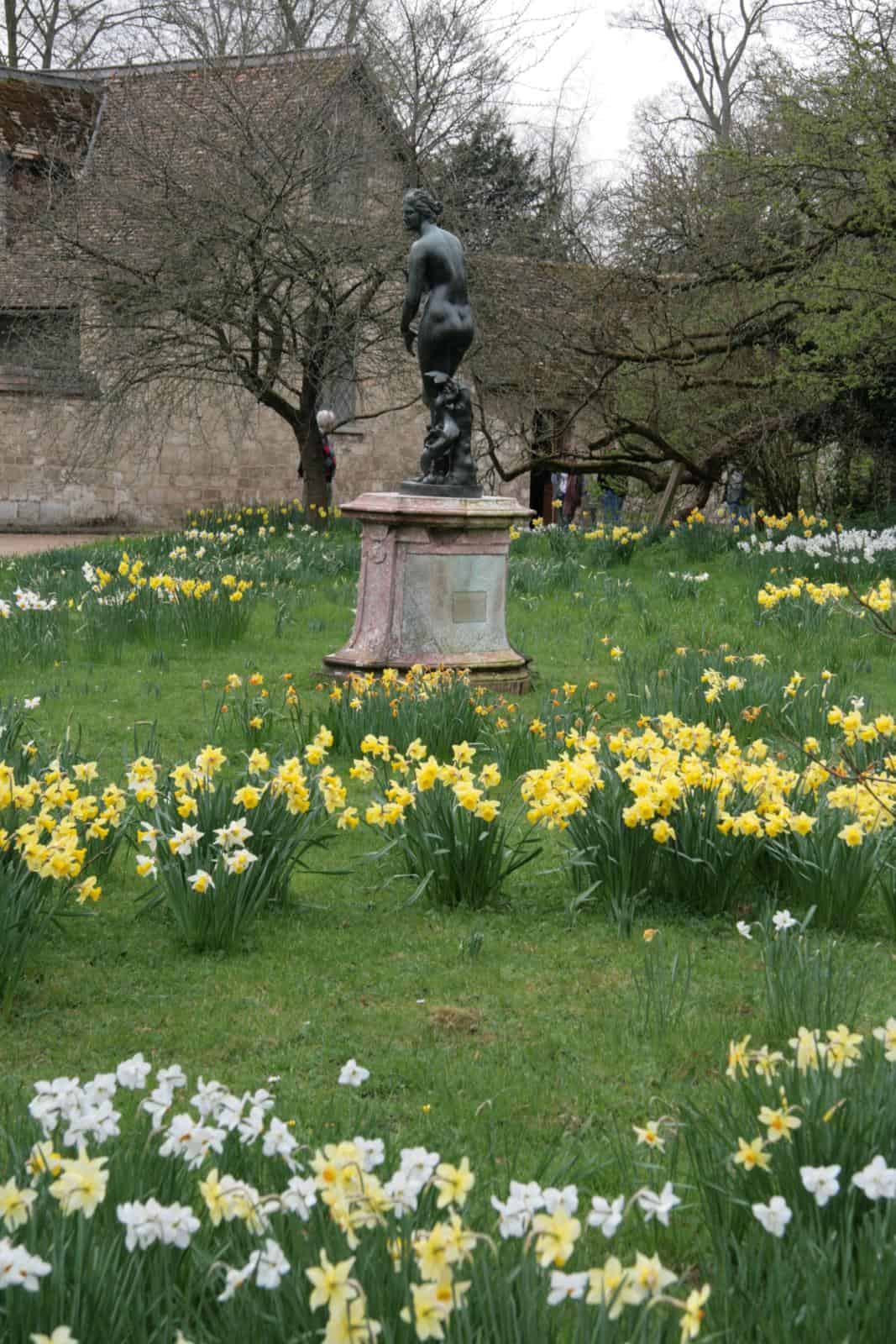
A lawn requires regular mowing, and it often needs other things like pest treatments and fertilizers to keep it healthy. Not to mention lots and lots of water. Maintaining such a prized monoculture can add up in time and effort. And depending on your choice of maintenance, it can be substantially unsustainable.
Meadows, on the other hand, occur naturally but take patience and considerable care to maintain when we aim to cultivate them. It isn’t as easy as just scattering a few wildflower seed mixes and hoping Mother Nature takes care of the rest.
I tried that many years ago – it was great a first, but then some species took over, and others were choked out. This is a reality that meadow managers need to accept – a meadow will not be static in the way of other garden styles. Plants will migrate, emerge, and fade with time and changing climate conditions. This is part of the
Regular maintenance can help to keep the balance, but in my own experiment – where I did no maintenance – the meadow followed an expected path. It has deteriorated from its once colorful beauty.
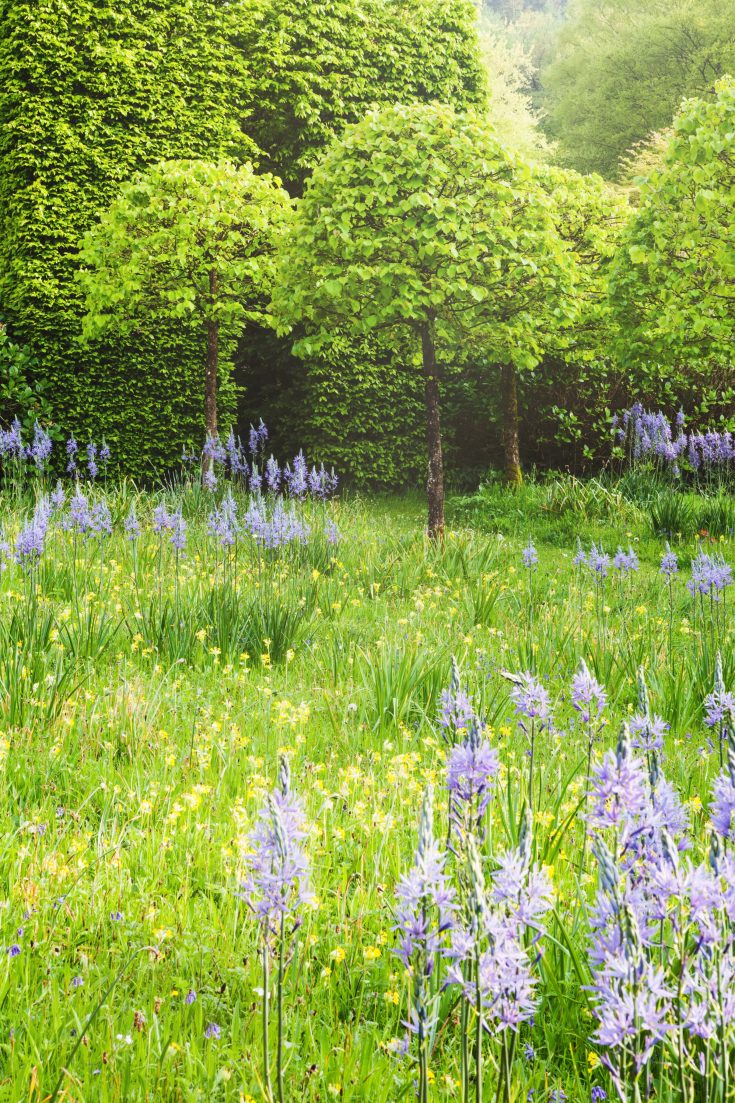
A Simplified Approach to Lawn Conversion
Installing a meadow is quite similar to installing a lawn, and the workload is largely the same. Meadows requires a substantial amount of work—almost as much as a lawn—particularly in the first years while they are getting established. The work is different, and it does taper off after the second and third years. Establishing a meadow shouldn’t be considered a solution to shirking turf grass maintenance.
A Wildflower Lawn will still require weeding.
A meadow will require weeding in a way that a lawn typically doesn’t. As seeds germinate, look out for unwanted plants (there will always be weeds!) and pull them as early as you can identify them. In the first year, you will especially want to do this – particularly from early spring and into the summer. It will take several years of regular weeding to ensure that the weed seeds that exist in your soil will not take hold of the meadow and start to choke out desirable plants. (This is what happened with my first meadow attempt, and it has taken many years of hard work to reclaim it.)
Familiarize yourself with the plants that you are growing so you know what they look like as babies, and also make sure you know what the non-native plants and invasives look like so you can be diligent to get them out as quickly as possible – and most especially – before they go to seed in the late summer or fall.
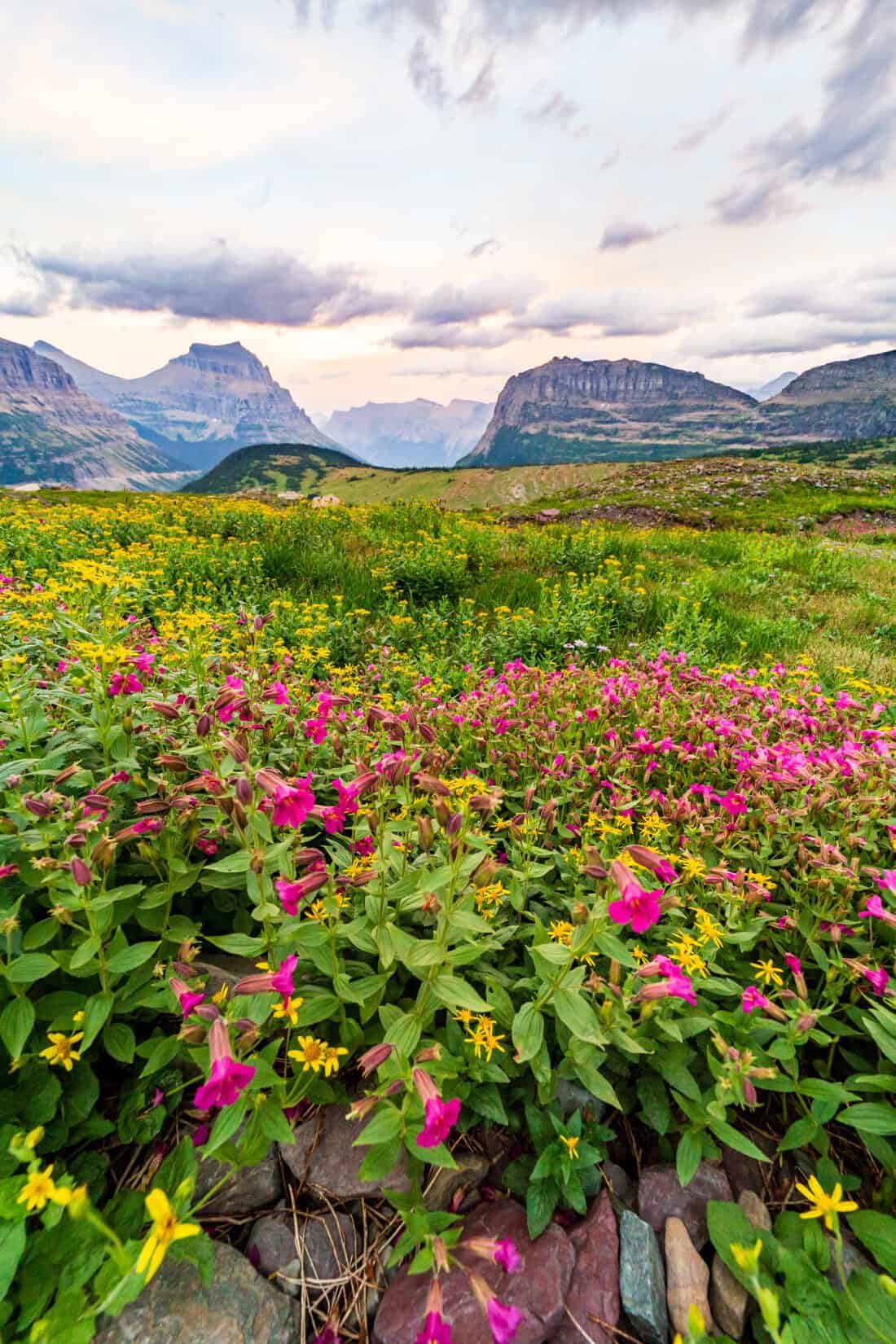
A Large Meadow is not Mow-free.
A meadow is not mow-free. In fact, it is very important to mow your meadow at least once a year. This can be done in the late fall, but it is often better for local wildlife if you leave it to late winter instead. This way, the dead plants, grasses, and meadow seeds can be utilized by native bees and other insects that need these natural habitats through the winter in order to survive.
A small area can be done with a string trimmer, but larger meadows might require a tractor to mow (a flail-type mower works best as it chops the plants so that they can dry quickly) through the tall, thick mat. Wait until all the flowers have ripened and dropped their seeds—in this way, annual flowers will come back the following year.
Meadows that contain all perennial plants should be mowed more regularly in the first two years (not letting them grow taller than 8 inches at a time). This will encourage root growth that will sustain the plants long term and will also help plants that aren’t as fast-growing to receive enough sunlight.
Reseeding is likely to be needed in weak spots (which is just like patching a lawn)
If you are thinking of replacing your lawn, I suggest taking a multi-year approach that gradually reduces your lawn size while you learn how to create and maintain a meadow that works in your region.
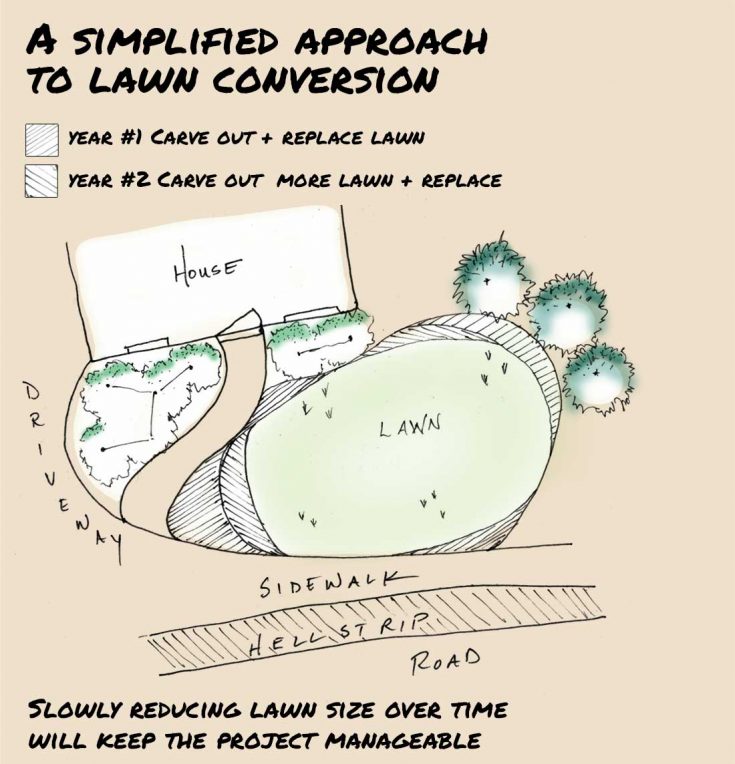
From Lawn to Meadow in 5 Easy Steps
1) REMOVE THE GRASS.
Removing the grass can be done chemically, but you will need to remove enough of the dead organic material to allow seeds to germinate properly with soil contact.
The chemical alternatives can have substantial negative side effects, and to date, I have personally avoided them. There is, however, a case being made by many respected experts that a single and safely executed chemical treatment is less environmentally harmful than some of the more intensive manual options. Doug Tallamy recently likened the treatment of glyphosate on an area of invasive plants as similar to treating cancer with chemotherapy – it is all bad – but one is so much worse (the invasives are a cancer), and that can justify and necessitate the use of effective herbicides.
As an alternative to using chemical herbicides, you can use a sod cutter to remove an existing lawn in sheets. This is hard work and perhaps preferable since the underlying soil is relatively weed-free. Sod cutting will mean that the soil level is about 3 inches lower than the surrounding area. (So you may want to account for that).
There is a mix of industry advice on rototilling under the lawn, and I can’t say I am firmly in either camp. A tiller will help remove roots, and it will soften up the soil for planting. But it will also stir up and expose lots of weed seeds that you will need to remove later. If you can use a hard rake to scarify the soil it might be preferable. But if you end up using a rototiller, just try not to dig too deep. The deeper you go, the more weeds later.
2) DO NOT AMEND THE SOIL.

While this might seem like an easy step, you will need to understand what kind of soil you have. Is your soil type sandy, clay, or loam? How wet is the site, and how much sun does it get? Is the site plagued with soil erosion problems? Meadows are great solutions for hard-to-mow and steep slopes. These are all important questions, as wildflowers and native grasses prefer different types of soils. These answers will also guide your site preparation and
Making a love match between soil and site and plant selection and installation strategy will help ensure success.
The right wildflowers, planted in the right place, do not need fertilizer to thrive. There are wildflower mixes to match the native flowers of countless regions across the country. These are also adapted for a variety of sites.
Talk to a specialist, preferably at a wildflower nursery that is intimately familiar with your region, to get a good match for your land.
If you have a north-facing slope, you may want to consider another lawn replacement option. This is a very hard type of site for converting lawn to meadow. Without sun, these areas tend to stay cool and moist and, generally, are not hospitable to a wildflower meadow.
3) SOW THE SEED or USE PLUGS
Broadcast wildflower seeds by hand. Rake over the site to spread the seed evenly. Then, walk over the entire area to press the seed into the ground (or you can use a lawn roller if you have one). Seed-to-soil contact is important, and it can make or break the success of your planting. Planting by seed is much less work than the other option.
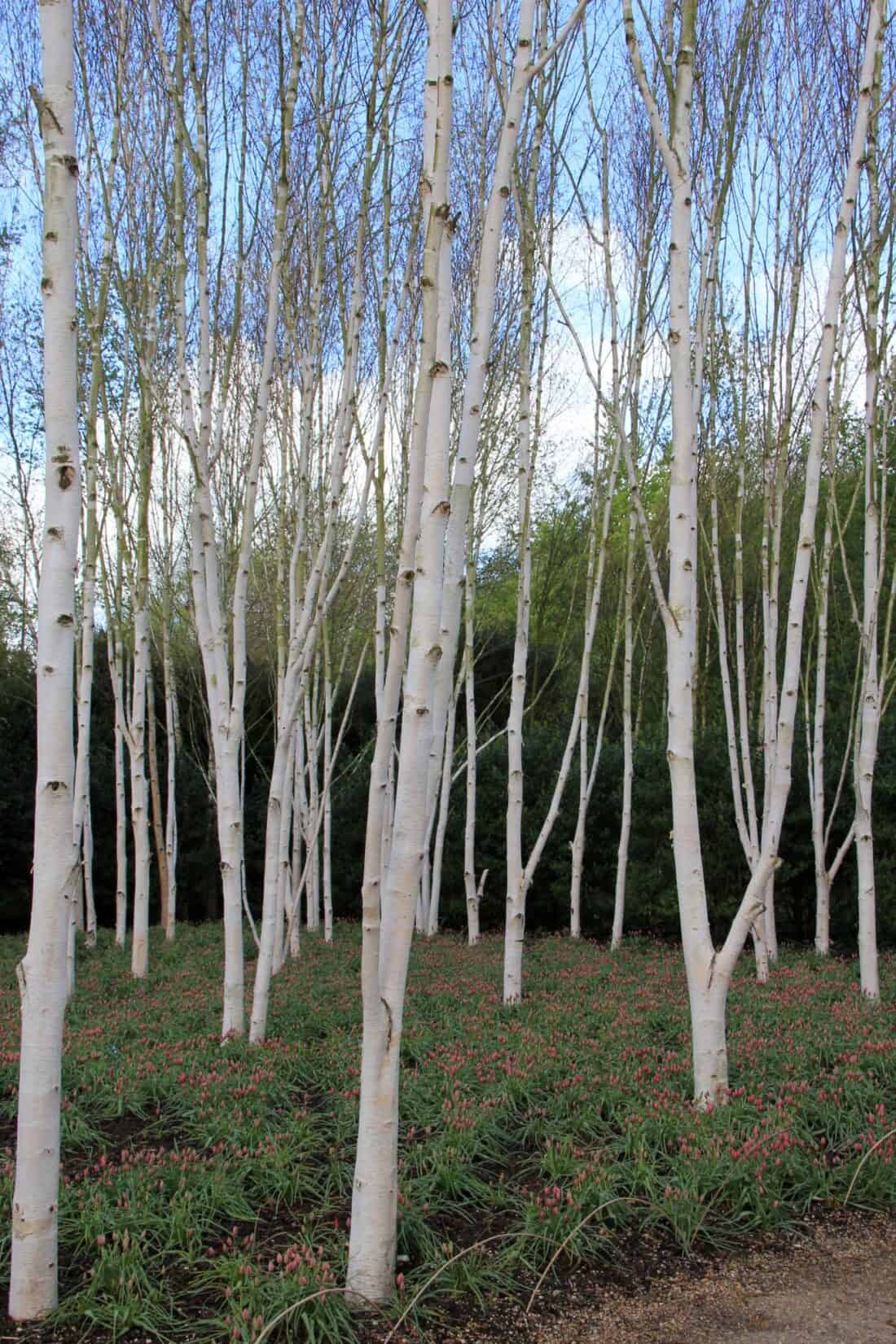
Alternatively, you may want to consider planting wildflower plugs. They are typically sold in trays of 32, 50, or 72 plants, and these plants will have a large ratio of roots to above-ground plants (more roots/ fewer leaves). Historically, plugs were only sold inside the trade. They are used as a means for nurseries to start bigger plants that they would sell on to consumers. Using plugs comes with its own set of challenges. They will be more work to install, but they will give you the opportunity to more precisely place plant species to create drifts or other designs.
These baby plants will also help you get a jump on establishing your meadow and can help bypass issues with germination. They can be intensive to keep alive until they get established. If you aren’t prepared to baby the meadow on a near-daily basis for the first few months, you may want to avoid plugs. They are much more expensive than seed and somewhat less forgiving. If done right, though – they will kick-start your lawn conversion.
4) MULCH YOUR MEADOW YARD
Mulching can help to maintain moisture levels that will assist germination, but it isn’t required. If you do mulch, use clean weed and seed-free straw in a thin layer that will not smother baby plants. Do not use field hay – it is full of weed seeds.
Alternatively, you can consider planting your meadow with a nurse crop. A nurse crop is an initial planting of fast-growing, often annual plants alongside the desired perennial species when establishing a new meadow or grassland. The purpose of the nurse crop is to provide temporary cover and protection for the slower-growing, long-term plants, such as native grasses and wildflowers. As the nurse crop grows quickly and provides shade, it helps suppress weeds, prevents erosion, maintains soil moisture, and creates a favorable environment for the establishment of the main perennial species, which gradually outcompete the nurse crop over time. Once the desired plants are well-established, the nurse crop is usually mowed or otherwise removed to allow the perennials to flourish.
5) WATER
Seeds, especially those planted in the spring, will need daily watering until they are established. Generally, the plants will need daily watering for about eight weeks. After that, weekly watering should suffice. You can seed plant a meadow late in the fall, and snow cover will help to provide the protection and water that it needs to thrive in the spring. Make sure that you do not plant it too early – allowing for germination in the late fall. If germination happens and plants are immediately frozen in the winter, they will be unlikely to survive. Only seed in the fall if temps have chilled enough to ensure that the seeds will not germinate until spring.
You might also be interested in these converting Lawn to Meadow Replacement and Meadow Yard posts:
Share this Post:
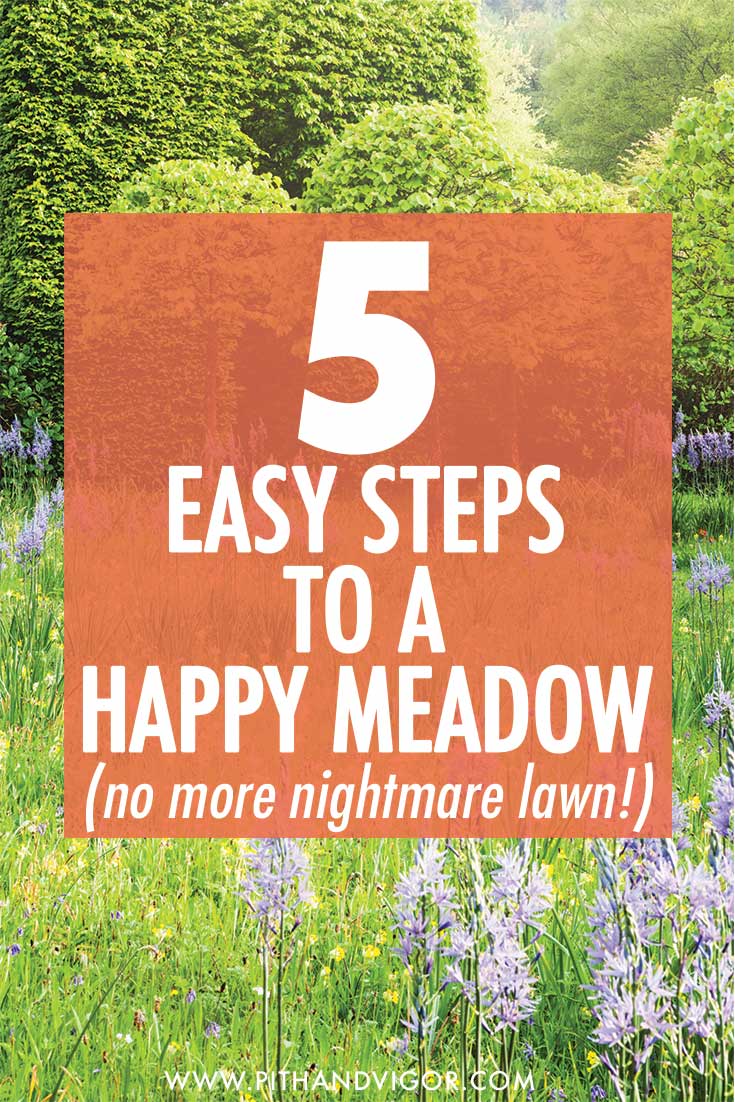
+comments+